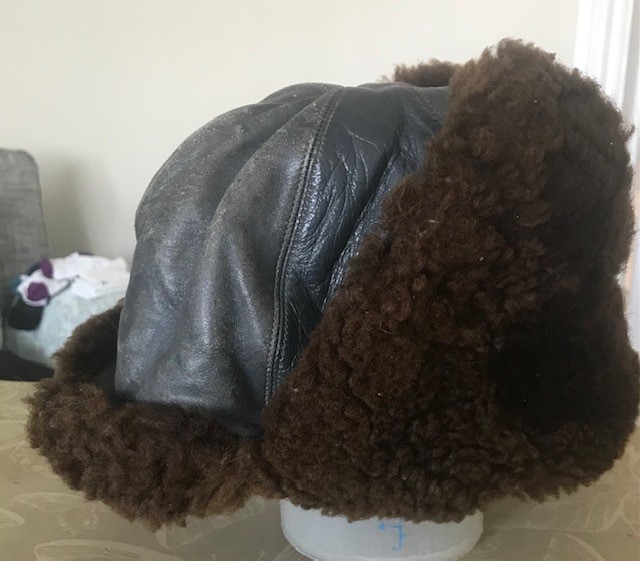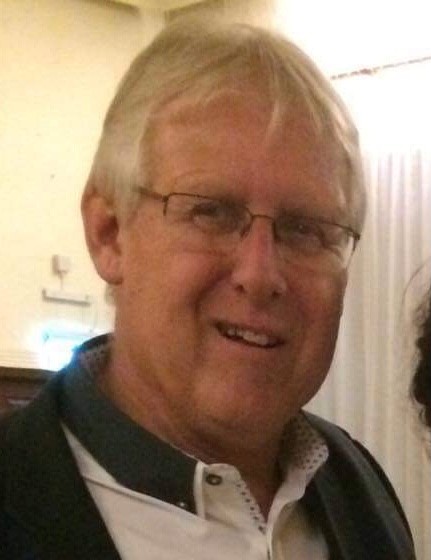Against All Odds
In the early 1940’s the British Government needed a morale booster for all the Prisoners of War in German hands so they asked all unattached young ladies to write Three letters to the POW’s. It could be the same letter three times over.
So, Gladys who lived in Southall, wrote the three letters but she was instructed as to what she could write about. She could not mention conditions on the Home Front nor ask questions about what was happening in the POW Camps. This was 1942 and after Dunkirk there were a lot of British Soldiers in captivity hoping that someone would write to them via the Red Cross in Switzerland.
Gladys could not mention her work which was in a Munitions Factory in London so she wrote about dancing on a Saturday night. As a Tempter she offered to send some cigarettes without knowing who she was going to send them to.
Fortunately she received a reply, just one from a soldier named Sydney. From then on it must have been difficult to know just what to say. The Censor would stop the letters leaving the country if there was any forbidden information in them. Then the bombshell fell. Syd also received a letter from a friend of the girlfriend that he had left behind. In it she disclosed that the girlfriend “could wait no longer and had got married”. That very event made Syd write more often to Gladys and slowly but surely their letters became more personal since there was no competition but Syd, perhaps foolishly asked Gladys if she could contact Miss Bright and explain the circumstances. However, it was too late and Miss Bright was now Mrs X.
Now they started trying to describe each other without the luxury of any photographs which were forbidden. The best that he could say was that when and if he got back home he would love to spend some time with her if she didn’t mind ! He was trying to make up for lost time and they both revelled in it.
Now, to get events in order we have to examine what had happened to Syd. He was in the Royal Artillery in North Africa and took part in the Battle of El Alemain which basically was the turning point when our 8th Army fought and defeated Rommel and the Afrika Corps. This was a huge turnaround achievable by getting fuel to our troops whilst denying any fuel to the Germans (see SS Ohio story). Rommel retreated into Tunisia, leaving a trail of vehicles and tanks behind him with empty fuel tanks. Also the Americans had entered the War and were on his tail as well as the British. So, the Afrika Corps surrendered. Then after a few months Syd’s Artillery Regiment was transferred to Italy and he went with it.
Then began the dogged fighting up through Italy towards the North. The Germans fought hard and it was slow progress. When Syd’s Regiment moved northwards they went a little too far and he and his fellow soldiers were captured by the Germans. Now in captivity, he was transferred through the German Lines from one Prison Camp to another until eventually he was sent to a camp at Lamsdorf in Poland. This was an enormous Camp of 100,000 POW’s made up of many nationalities, except for Jews who were moved to Belsen and Auschwitz. It was referred to as Camp 8A. At that same time the Germans were getting closer to Moscow but the Russian Winter checked their advance. Then the Russians counter attacked and the German Field Marshal Von Paulus plus twenty two German Generals surrendered to the Russians after the Battle of Stalingrad. They had had no Supplies and were desperate. British aircraft and submarines had sunk the German’s supply ships. Goering had arranged to supply the German troops via an airlift but his promises came to nothing. Also Hitler made Von Paulus into a Field Marshall because he knew that no Field Marshall had ever surrendered in German history. However Von Paulus ignored Hitler and cared more for his men.
91,000 German troops were captured by the Russians but the Russians were very harsh on them in retribution for how the Germans had acted in attacking Russia in the first place, which was known as the Scorched earth policy.
During that time Syd and his fellow POW’s feared for their lives. The Germans retreated out of Poland taking only the ‘fit to march’ POW’s with them on what was called The Long March, back into Germany (800 miles). One Russian soldier gave Syd a fur hat to help him preserve his body heat.

Better protected by the gifted hat Syd only had a bad case of Frostbite on his legs while other sick POW’s were left behind to their fates. The Russians were remarkably helpful and they first shipped the sick men to Odessa in the Ukraine , then on to Istanbul in Turkey and finally they got back to Southampton in a British Ship.
From there he was sent to Headley Court to convalesce and remained there for many months. During this whole period Gladys was writing but not getting much of a reply. Remember that they had not even met up at all and there were no photographs. Everything was on trust.
At last, when he left Headley Court, they met and it must have been a difficult moment for them both. However, they slowly courted and became a ‘young couple’, eventually getting married after those years of correspondence.
We have a lot of evidence on this story including the actual letters and Syd’s Army Pay Book and Service Record which lists him as an excellent Soldier after 6 years and 115 days of Service. Can we now introduce you to the Fruit of this Marriage which succeeded through all the trials and tribulations of the War Years; please meet Syd’s son, Philip Collins, who himself has children and grandchildren who could not have been born if Syd and Gladys had not persevered through the darkest days of the Second World War.
